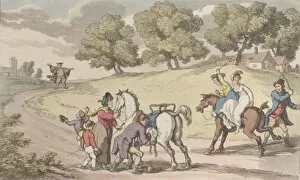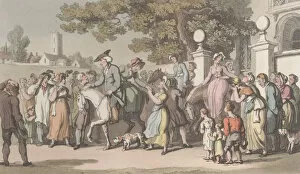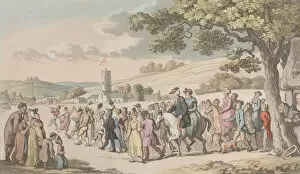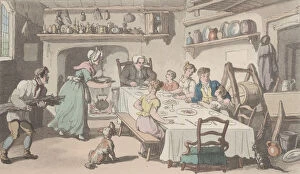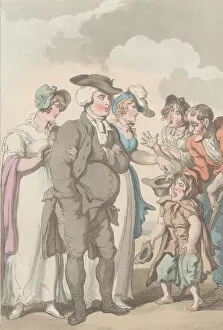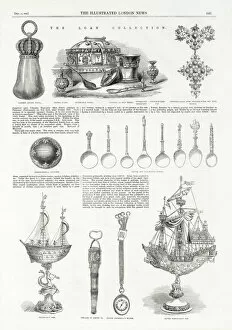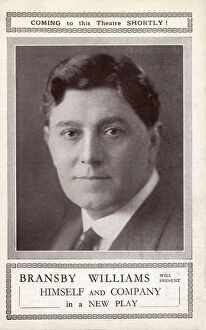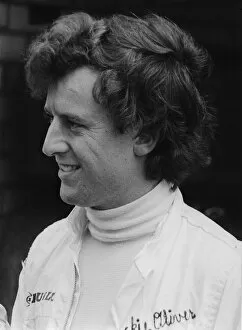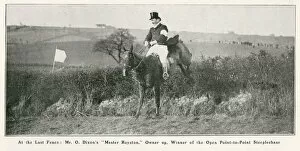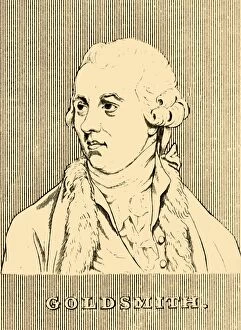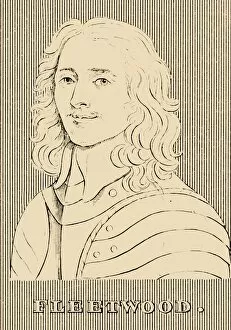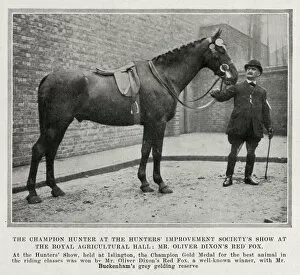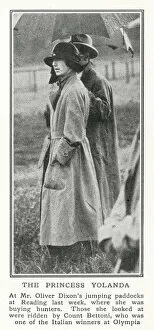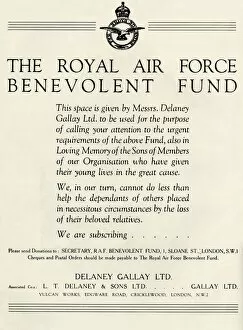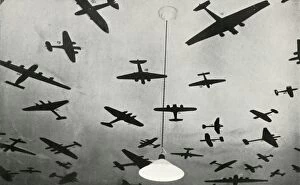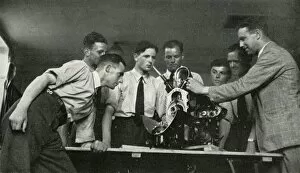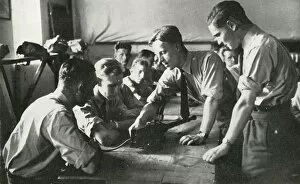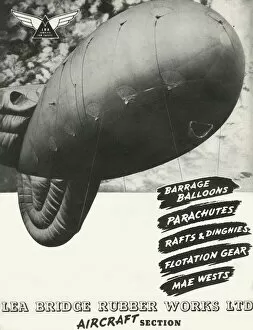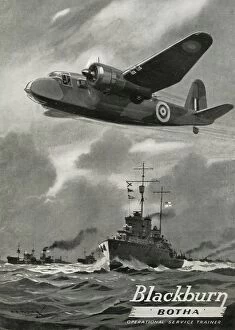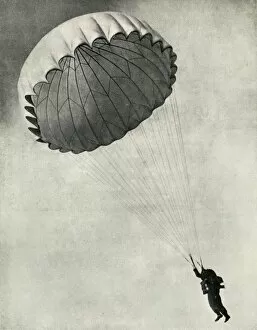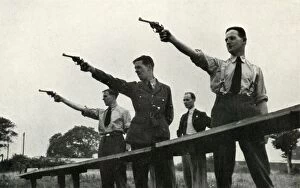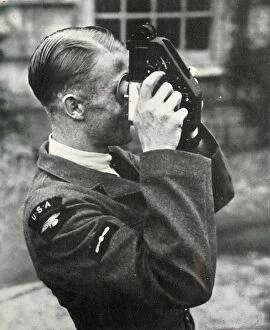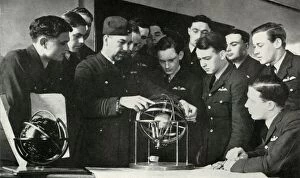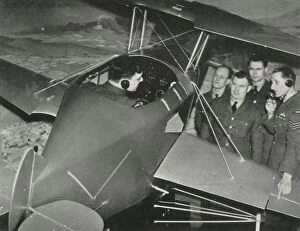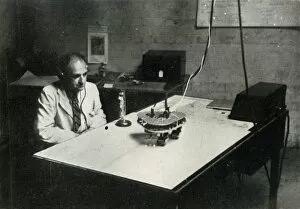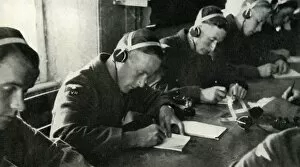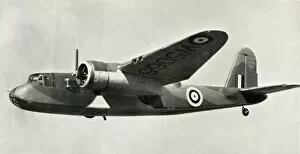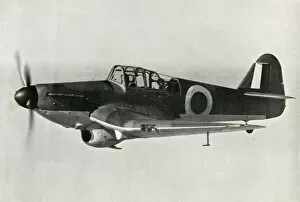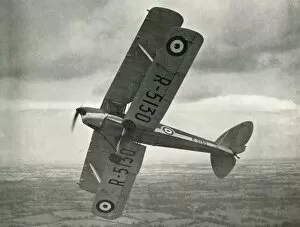Oliver Collection (page 8)
"Oliver: A Timeless Duo and a Tale of Resilience" Step into the world of Oliver, where laughter meets perseverance
For sale as Licensed Images
Choose your image, Select your licence and Download the media
"Oliver: A Timeless Duo and a Tale of Resilience" Step into the world of Oliver, where laughter meets perseverance. Just like Laurel and Hardy, this name has left an indelible mark on history. From their iconic roles in "Flying Deuces" to the silent film "Leave Them Laughing, " Stan Laurel and Oliver Hardy's comedic genius continues to captivate audiences even today. But Oliver is not just limited to Hollywood legends; it extends beyond the silver screen. Remember Oliver Twist meeting the Artful Dodger? The tale of this young orphan navigating through a Dickensian world remains etched in our hearts. And who can forget Bill Sykes, that menacing character who added depth to Oliver's story? Yet, there is more to Oliver than entertainment alone. It intertwines with historical events as well. Whether it be Cromwell at Dunbar or the Westland Lysander aircraft from 1941, this name carries echoes of bravery and resilience. Even within the realm of dance, we find traces of Oliver's influence. The Harkness Theatre mural by Enrique Senis-Oliver pays homage to Terpsichore, showcasing dancers celebrating their artistry—a testament to how creativity transcends time. Just like its diverse associations suggest, "Oliver" encompasses a multitude of stories—comedic brilliance, tales of survival against all odds, historical significance—and serves as a reminder that names hold power beyond mere labels. So let us embrace the spirit behind each reference linked with "Oliver, " for it encapsulates laughter amidst adversity and leaves an everlasting impact on our collective consciousness.



